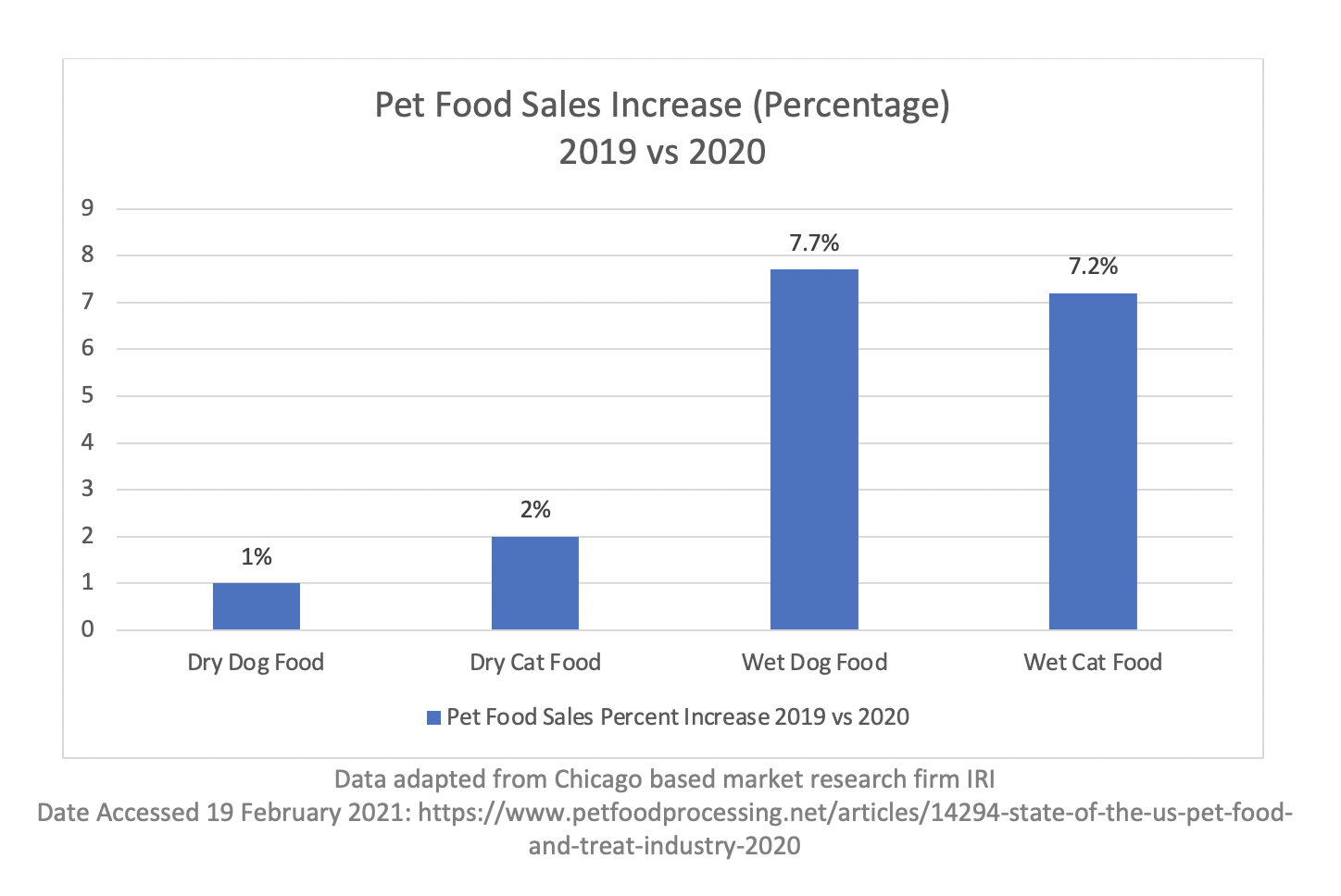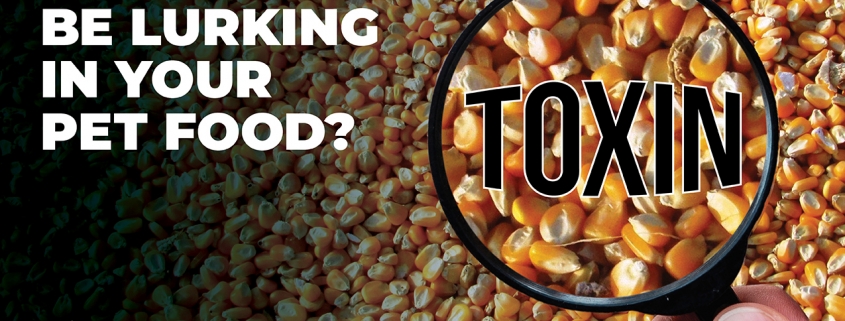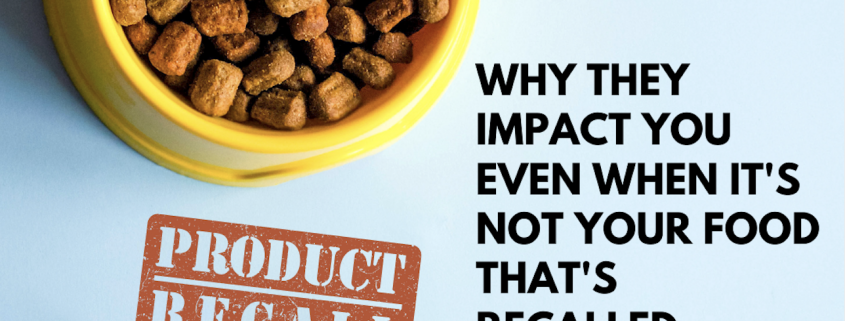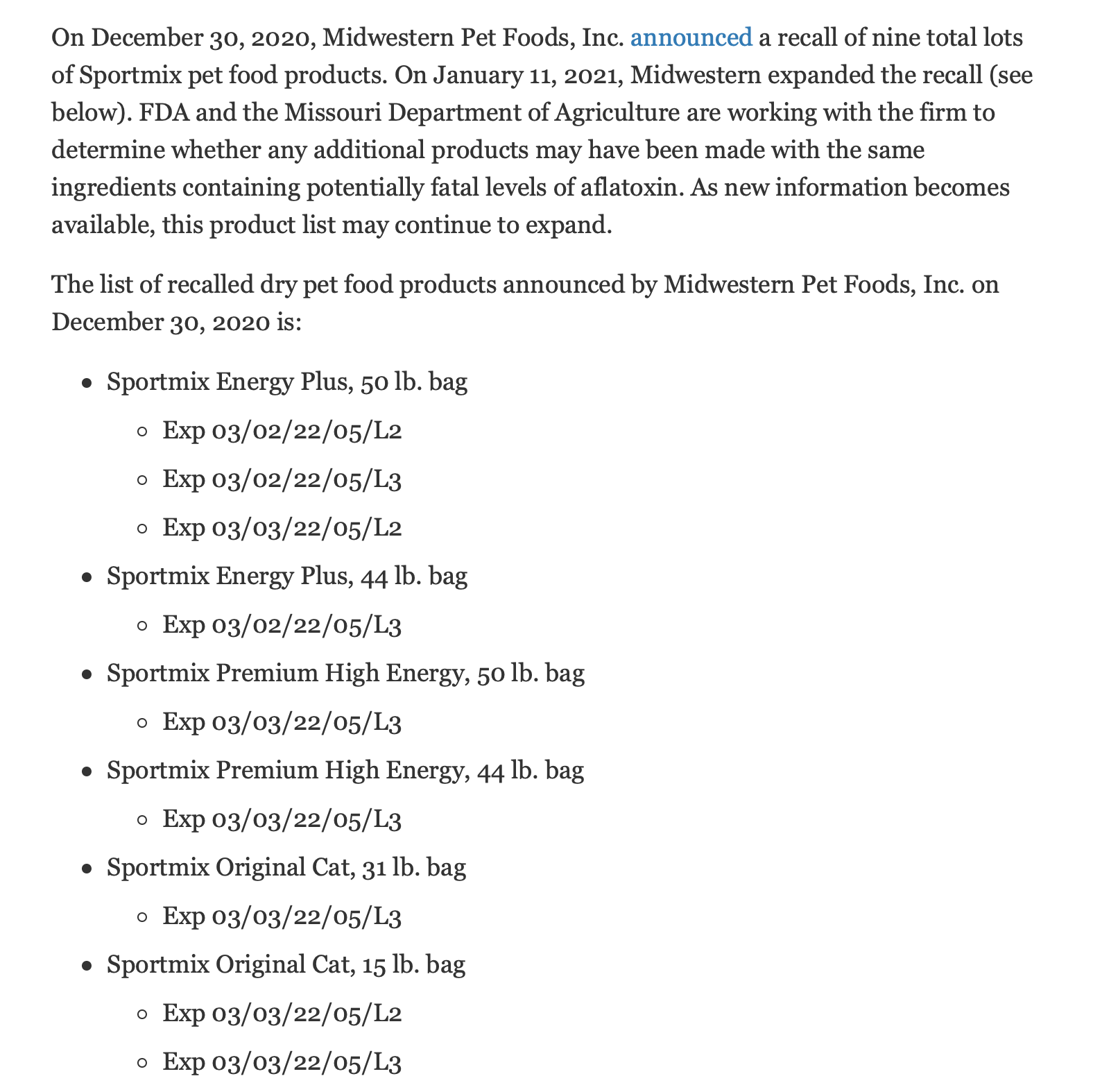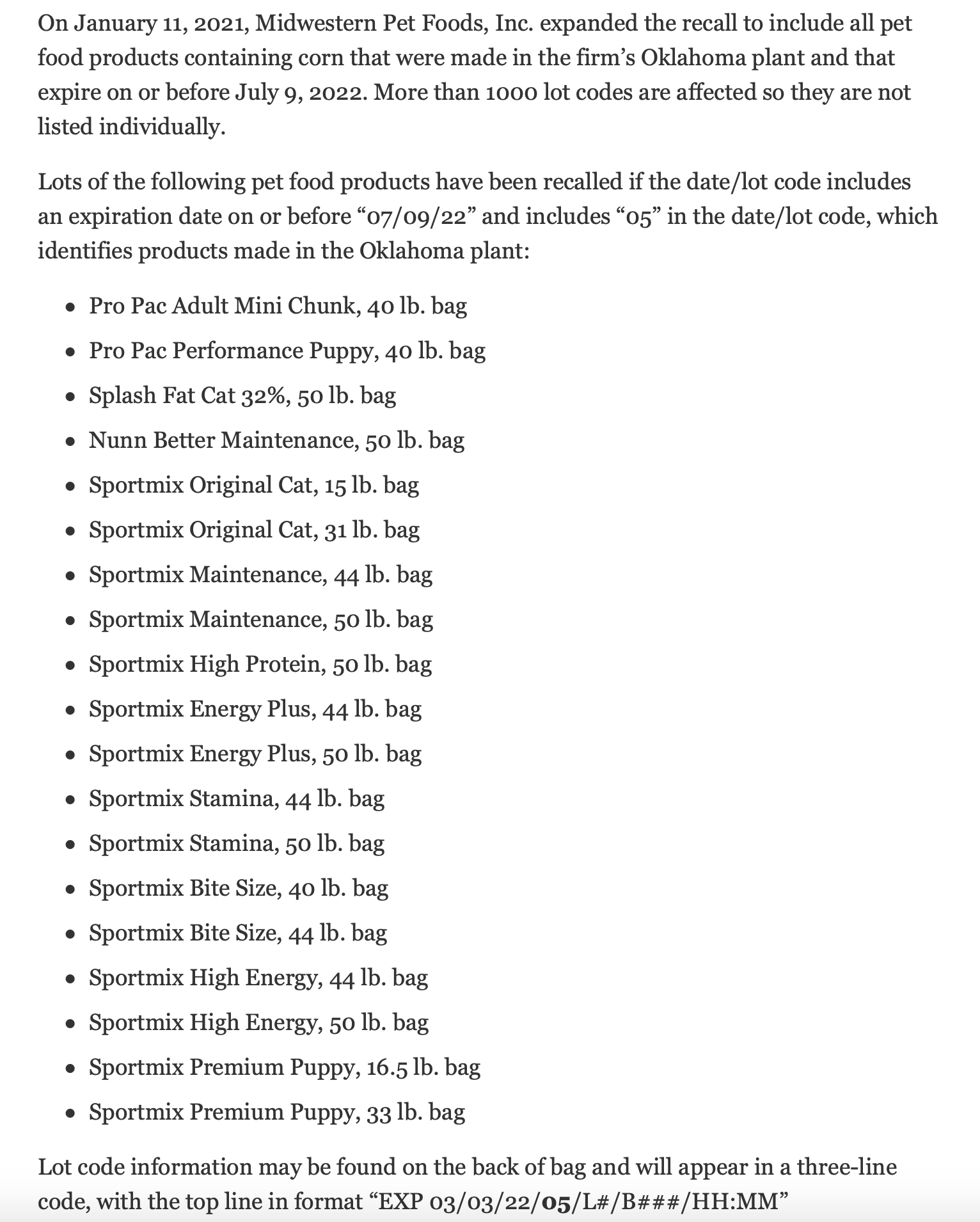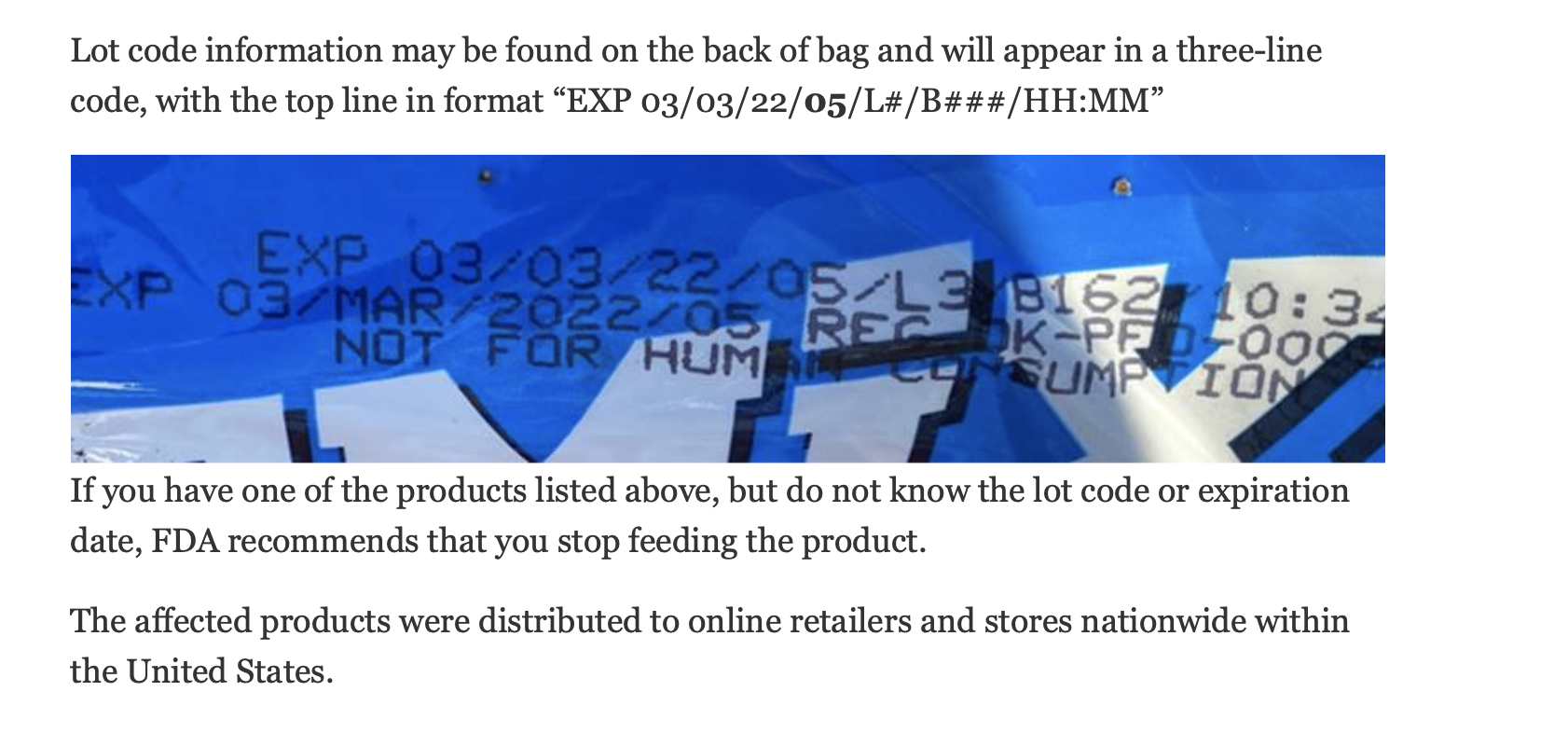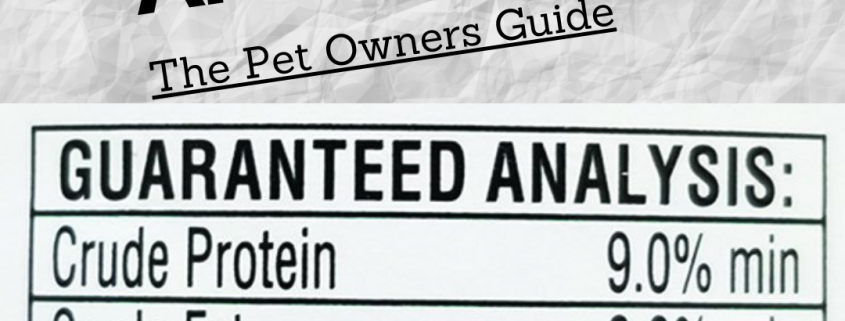If you’ve noticed tear stains on your dog’s or cat’s face, you’re not alone. Tear staining is a common concern among pet owners, and it can be caused by various factors. While blocked tear ducts and certain breeds are often associated with tear stains, there are other underlying causes that complicate the issue. In this comprehensive guide, we’ll explore the different factors contributing to tear staining and provide practical solutions to prevent and treat this condition. From proper grooming techniques to dietary adjustments and specialized products, we’ll help you find the most effective strategies to address tear stains and restore your pet’s vibrant and clear eyes.
Tear staining, more often than not, is noticed on white pets but can affect any color pet. It makes the color of the coat around the eyes a brown, red, or copper color. It has always been believed that tear staining comes from epiphora (or excessive tear production) – but that’s not always the case.
Two main factors to consider with tear staining:
- A blocked or maldeveloped nasolacrimal duct (where your pet’s tears are formed), can cause overproduction of tears that can lead to tear stains.
- Certain breeds have a greater deposition for tear staining. The most commonly affected are small breeds with longer hair coats. Some examples would be Shih Tzu, Lhasa Apso, Bichon Frise, Maltese, Toy Poodle and others.
 It’s a common misnomer that the only cause of tear staining in our pets is the overproduction of their tears. Aside from a blocked tear duct and breed, there are plenty of other causes that complicate the main factors listed above:
It’s a common misnomer that the only cause of tear staining in our pets is the overproduction of their tears. Aside from a blocked tear duct and breed, there are plenty of other causes that complicate the main factors listed above:
- Corneal injury or ulceration
- Entropion (eyelashes are turned inwards and rub against the eyeball)
- Infection of the eye
- Ear infections (bacteria, yeast)
- Certain medications
- pH imbalance
- Red meat in the diet (iron and other minerals)
- Poor diet (e.g., excess carbohydrates, vitamin or mineral insufficiency/excess)
- Stress
- Teething issues (especially in puppies)
- The use of plastic food/water bowls
- Water Quality
Why are tear stains brown?
The brown color of tear stains comes from porphyrin – iron-containing molecules that come from break down of hemoglobin. These molecules can be excreted through the GI tract, saliva, urine, and tears! The majority of pets have these molecules in their tears, but some pets have more molecules than others, which results in staining.
Prevention & Treatment for Tear Stains in Cats and Dogs
Trim the Hair around the Eyes
To prevent irritation and inflammation, keep the hair around your pet’s eyes trimmed shorter than the rest of their coat. This helps to avoid hair getting into their eyes and causing discomfort.
Evaluate Your Pet’s Diet
Take a close look at the appropriateness and quality of your pet’s food. Opt for foods that contain high moisture, quality protein, and minimal carbohydrates. Foods with excessive carbohydrates can promote inflammation in the body. Also, steer clear of preservatives, fillers, and additives, as they can trigger inflammatory reactions. Pay attention to the carbohydrate content in your pet’s diet, including treats.
Monitor pH Levels
pH imbalances in your pet’s body can affect tear staining. Certain medications prescribed by veterinarians, such as omeprazole and Pepcid, can raise stomach pH levels and lower pepsin levels. This can lead to malabsorption and maldigestion. Discuss any medications your pet is taking with your vet to understand their impact on tear staining.
Consider Protein Sources
The protein source in your pet’s food can contribute to tear staining. Red meats, which are high in iron, can intensify tear stains in some pets. If your pet is prone to tear stains, consider eliminating red meats from their diet to see if it helps. The additional iron and magnesium in red meat require extra effort for the body to break down, putting additional stress on the liver. Excess iron intake can lead to an overproduction of porphyrin, the compound responsible for the brown color in tear stains.
Evaluate Drinking Water Quality
Tap water, particularly well water, often contains iron and magnesium, which contribute to the formation of porphyrins. Using filtered water to provide your pet with clean drinking water can help prevent or treat tear stains.
Use Specially Formulated Shampoo
To clean up existing tear stains, opt for specially formulated dry shampoos or waterless shampoos. These products offer better control and are gentler around sensitive eyes, reducing the risk of irritation.
Choose the Right Bowl Material
Avoid using plastic bowls for your pet’s food and water as they can harbor bacteria more easily than glass, ceramic, or stainless steel bowls. Bacteria from the bowl can transfer to your pet’s coat and lead to infection. Regardless of the material, make sure to clean your pet’s bowl regularly with soap and water to prevent the spread of bacteria.
Surgical Option for Entropion
In cases where entropion (inward rolling of the eyelid) is the cause of tear stains, surgical intervention may be necessary. This procedure requires your pet to undergo anesthesia, and the surgeon will remove a section of skin on the eyelid to correct the condition.
Medications, Minerals, and Vitamins
Certain medications, minerals, and vitamins can help treat infections and ulcerations associated with tear stains. Consult with your vet to determine the appropriate options for your pet’s specific condition.
Avoid Overuse of Antibiotics
Overusing antibiotics can disrupt the healthy bacteria in your pet’s gut, which play a role in reducing inflammation. If your pet frequently requires antibiotics, work closely with your vet to identify the underlying cause of recurring infections and find alternative solutions to minimize antibiotic usage.
Topical Solutions for Tear Stains
Nootie offers an affordable and veterinary-quality pre-soaked wipe that helps to remove buildup and prevent staining around the eye.
EarthBath also offers a waterless eye wipe, although it’s not formulated specifically for tear stains. This product is made with natural and organic ingredients, which help provide a preventative and maintenance solution for less severe staining.
Remember the ears! A high-quality ear cleaning solution can help remove buildup and keep ears and eyes clean. Some ear related issues can contribute to inflammation, including the eyes. Some of our favorites include EarthBath, Earth Animal & Kenic. For stubborn ear buildup, or dogs who spend a lot of time swimming we like Liquid Health’s ear cleaning solution. Our team would be happy to help you pick out the best option for your situation.
Supplements to Help Tear Stains
Omega 3 fatty acids are known to be lacking in most diets for pets and even humans. A high-quality fish oil, manufactured under stringent standards, can effectively reduce inflammation. Additionally, human studies demonstrate the beneficial effects of essential fatty acid supplementation in addressing eye problems [1]. To ensure the highest quality, opt for fish oils packaged in glass (not plastic), stored in the refrigerator, and ethically sourced. We recommend brands like Nordic Naturals, Thorne, and Omega Alpha, all available on our shelves.
Other Tear Stain Solutions
Regular exercise is important! Just like humans, canines and felines benefit from regular exercise to reduce stress, maintain a healthy weight and promote proper digestion. Exercise promotes blood flow, oxygenation and therefore helps to effectively cleanse all organ systems, including the skin and liver! In addition, regular exercise can help keep bodyweight in check. Excess bodyweight – even a pound or two in cats and dogs – can increase inflammation on many levels. It’s a simple and seemingly small detail that makes a world of difference!
Reduce or eliminate high carbohydrate snacks. Instead, opt for freeze-dried meat, jerky and chews instead of biscuits. The majority of pet biscuits contain minimal or no meat, instead being filled with ingredients like flour, tapioca, molasses, maple syrup, potatoes, and other starches and sugars. These directly influence the amount of inflammation within the body. Some of our favorite pet treats include Small Batch, and Northwest Naturals. You can even supplement some frozen raw food as treats for a healthy and high value treat! Our team will be happy to show you their favorites too – just ask!
Be attentive to additives/preservatives, red meat and excess carbs in your pet’s food. These often tend to cause inflammation and irritation, resulting in tear stains. A fresh, well-balanced diet is best in pet’s who suffer from tear staining! Just remember that it may take several weeks to months to see a difference – patience and consistency will eventually pay off!
References
- Bhargava R, Kumar P, Kumar M, Mehra N, Mishra A. A randomized controlled trial of omega-3 fatty acids in dry eye syndrome. Int J Ophthalmol. 2013;6(6):811-6. doi: 10.3980/j.issn.2222-3959.2013.06.13. PubMed PMID: 24392330.



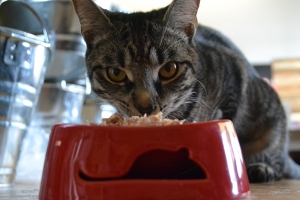
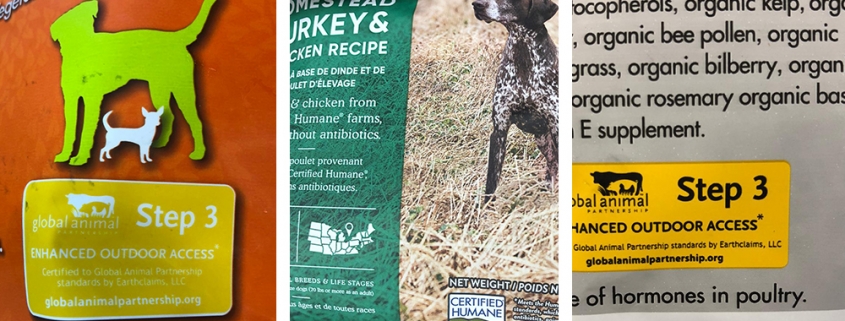
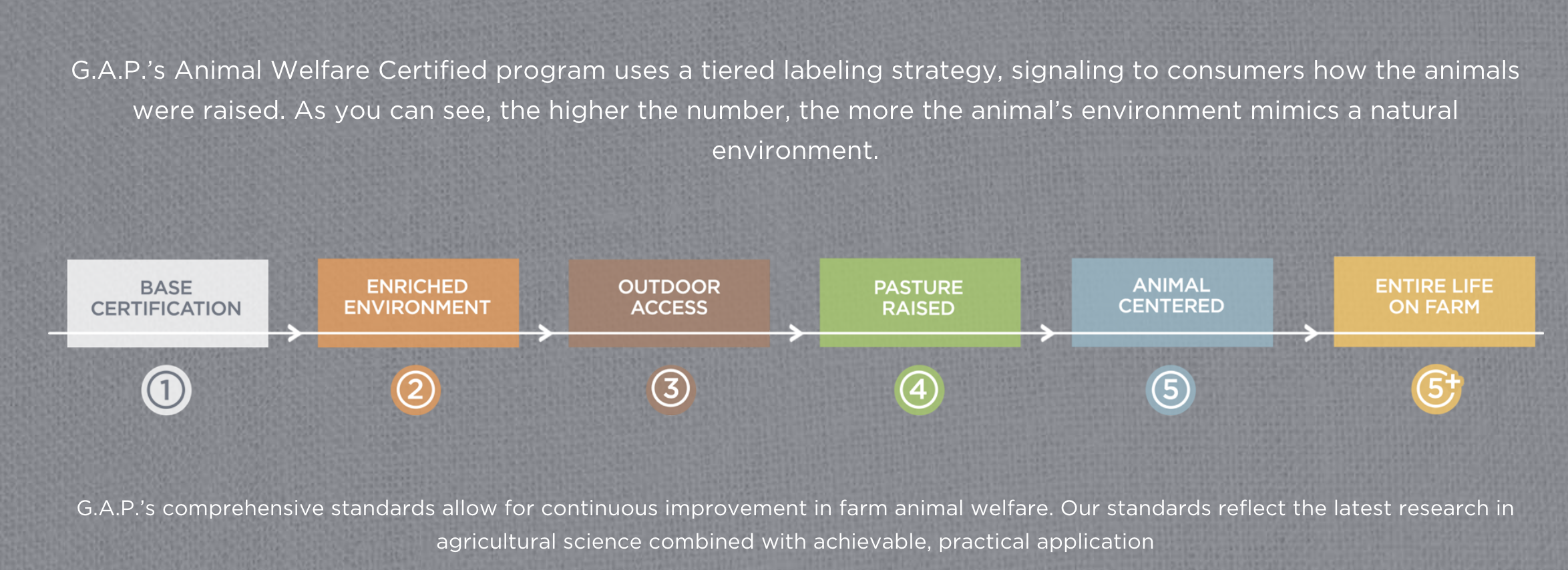 Figure 1: Date accessed: April 13, 2021: https://globalanimalpartnership.org/standards/
Figure 1: Date accessed: April 13, 2021: https://globalanimalpartnership.org/standards/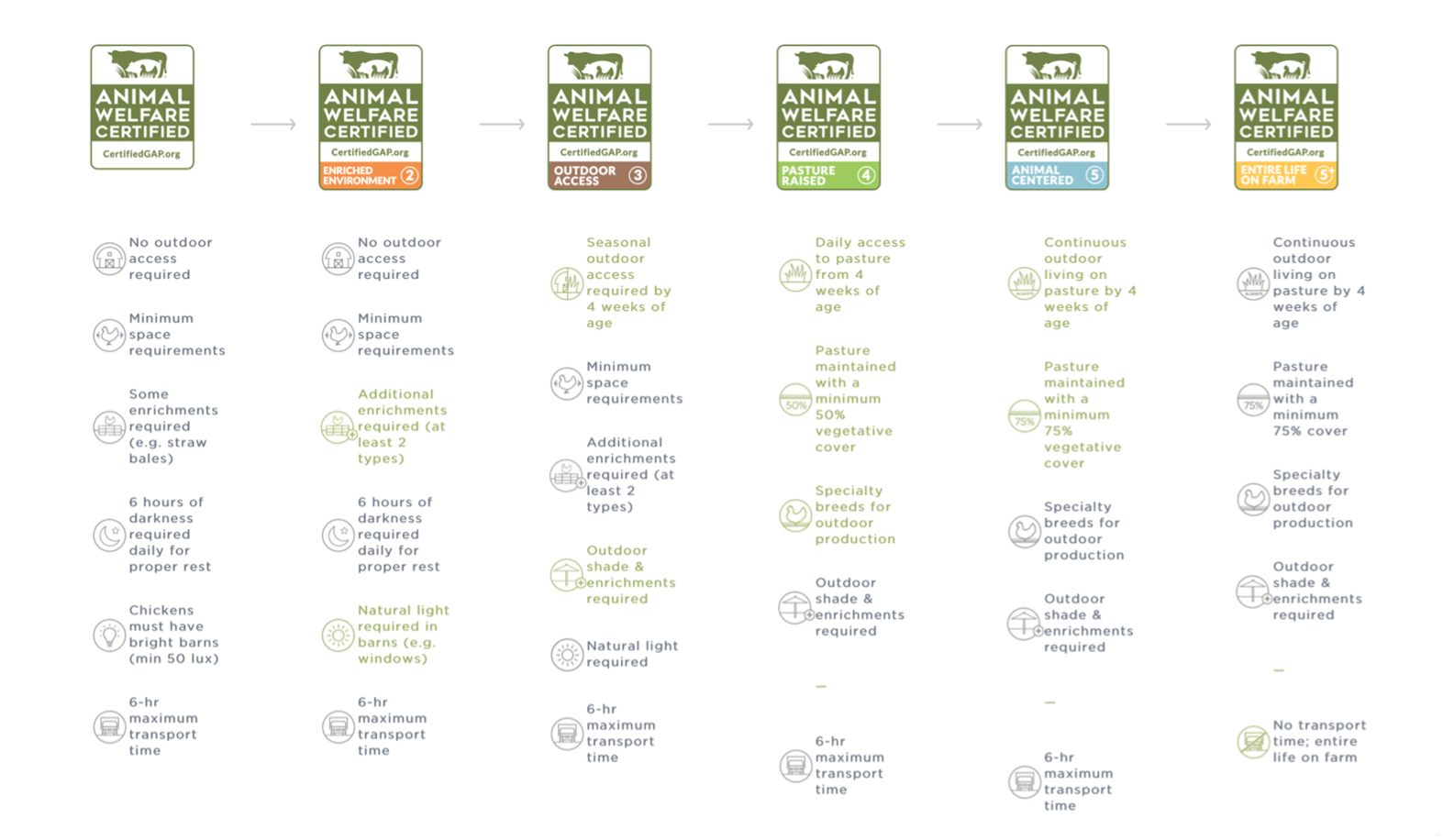
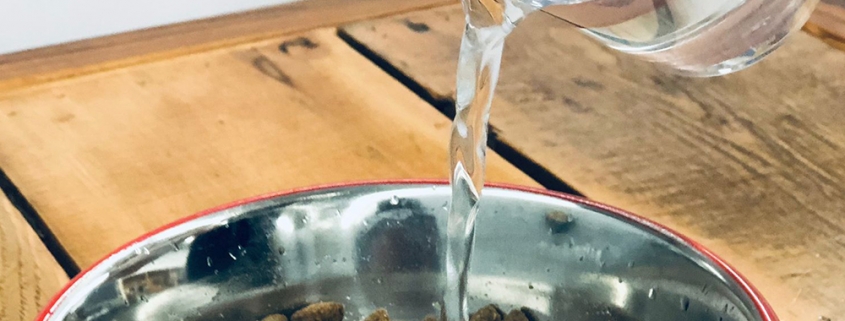

 It’s a common misnomer that the only cause of tear staining in our pets is the overproduction of their tears. Aside from a blocked tear duct and breed, there are plenty of other causes that complicate the main factors listed above:
It’s a common misnomer that the only cause of tear staining in our pets is the overproduction of their tears. Aside from a blocked tear duct and breed, there are plenty of other causes that complicate the main factors listed above: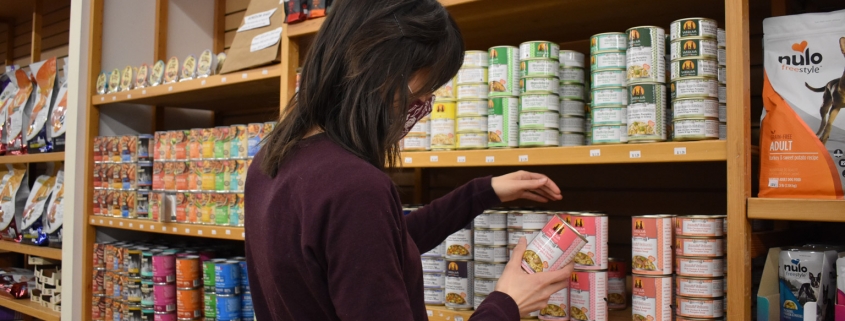
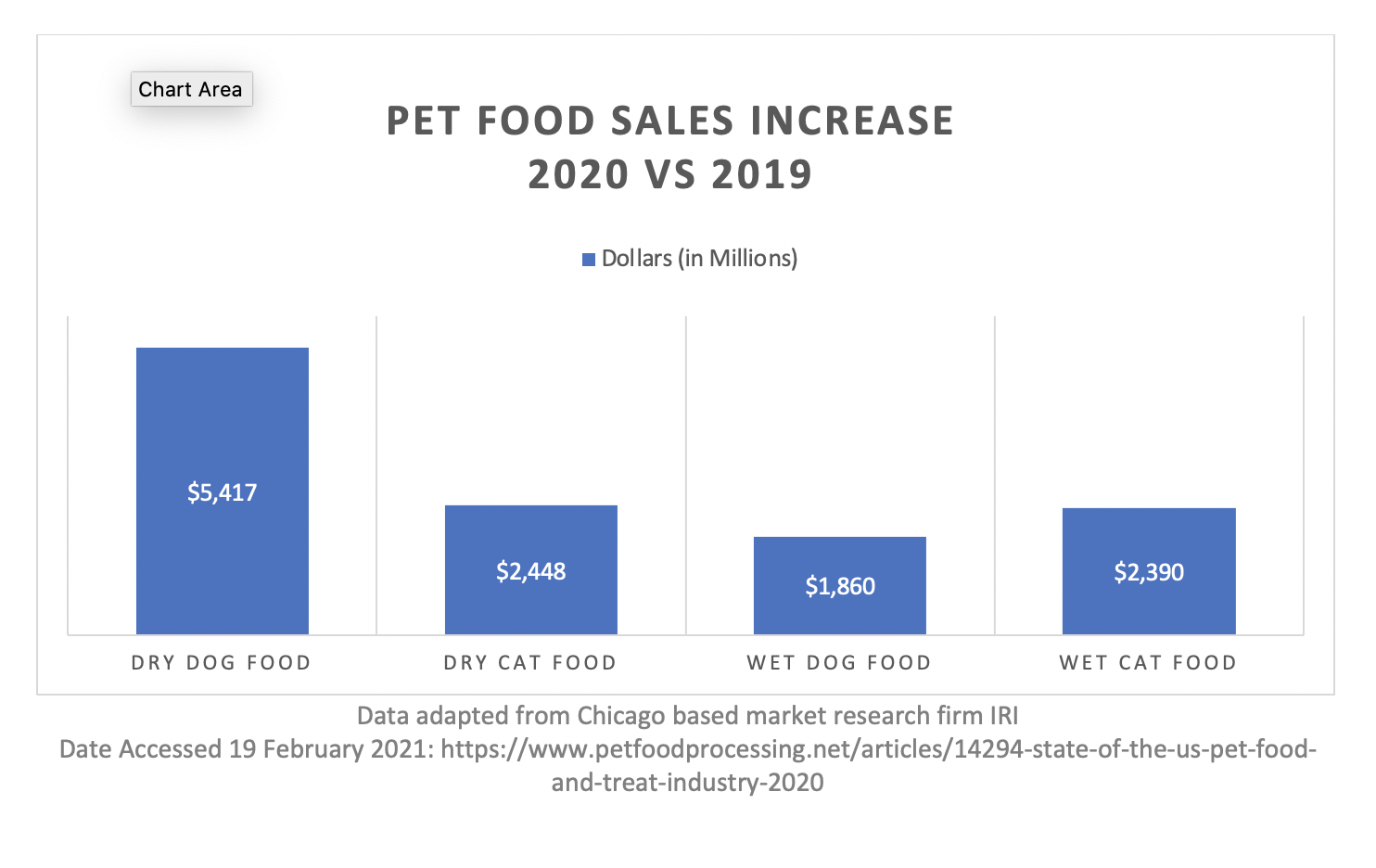 [vc_column width=”1/2″]
[vc_column width=”1/2″]